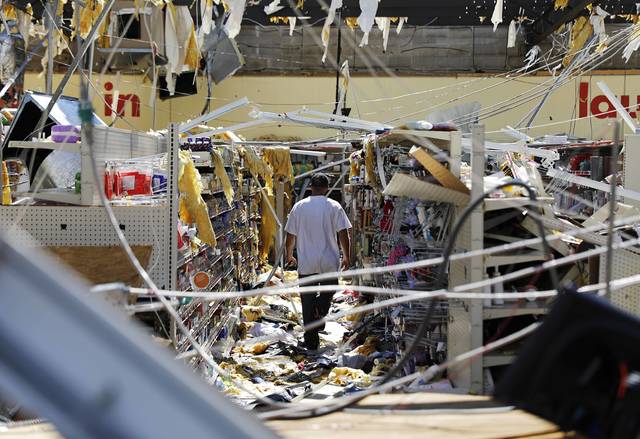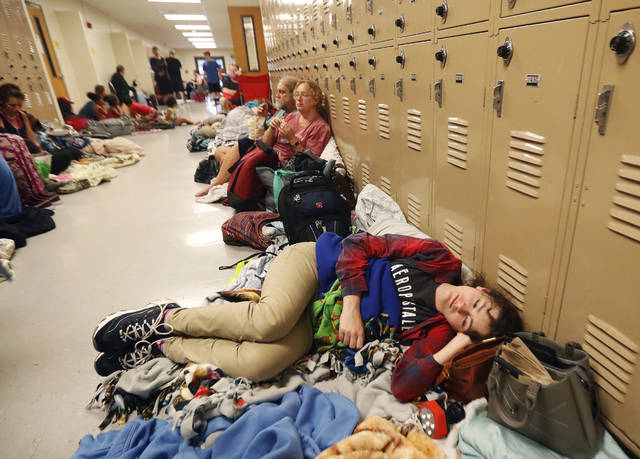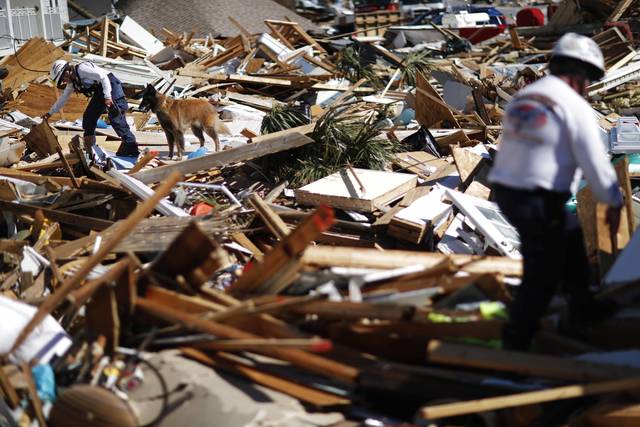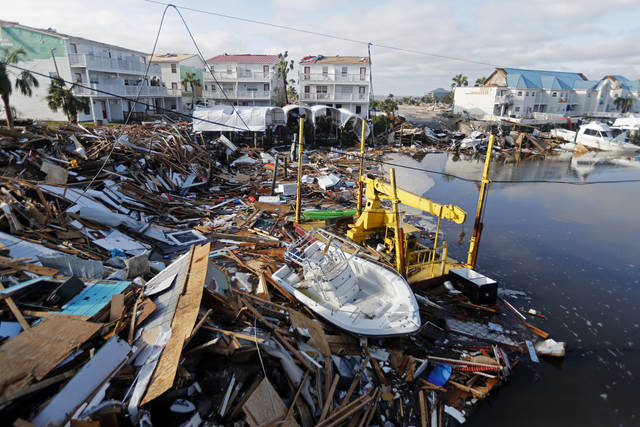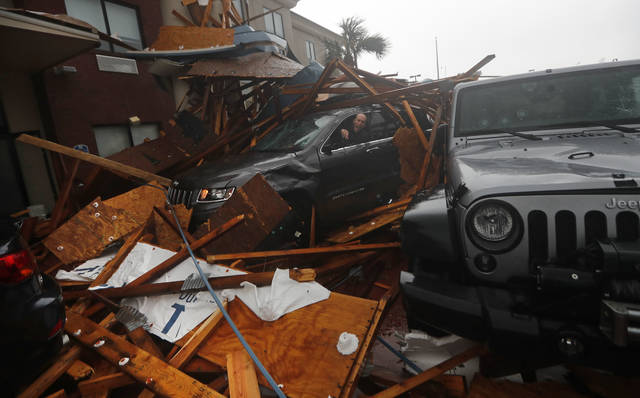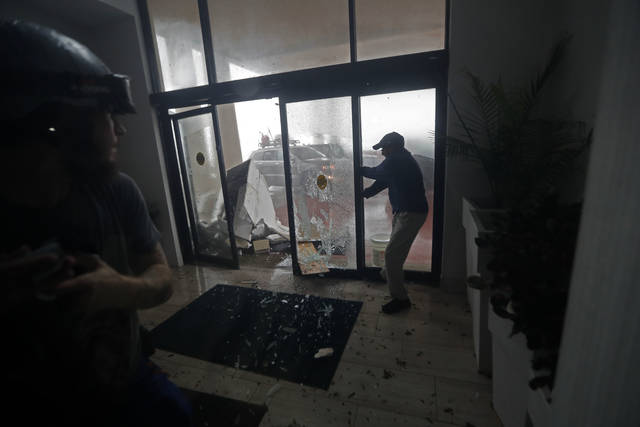PANAMA CITY, Fla. — The tropical weather that turned into monster Hurricane Michael began as a relatively humble storm before rapidly blossoming into the most powerful cyclone ever to hit the Florida Panhandle, causing wrenching scenes of widespread destruction.
PANAMA CITY, Fla. — The tropical weather that turned into monster Hurricane Michael began as a relatively humble storm before rapidly blossoming into the most powerful cyclone ever to hit the Florida Panhandle, causing wrenching scenes of widespread destruction.
The Category 4 hurricane struck near Panama City on Oct. 10 with winds of 155 mph (250 kph) and a massive storm surge that invaded and leveled buildings and tossed vehicles and boats around like toys.
Tens of thousands of people were ordered to evacuate, many of them winding up in schools and other shelters. People scrounged for gas and other supplies to escape just before Michael roared ashore.
It wasn’t until the day after the storm that the full extent of the damage became clear, with much of the small town of Mexico Beach leveled, Panama City taking a big hit and even Tyndall Air Force Base suffering immense destruction.
Aerial views of Mexico Beach showed a seaside town virtually wiped off the map. First responders, many with search dogs, dug through the rubble in hopes of finding survivors — as well as victims.
It was several days before people were allowed back in the town of about 1,200, many of them overcome with emotion when all they found were a few fragments of their past lives and possessions. Many of the displaced were forced to find what shelter they could, including a couple who camped out in their pickup truck in a Walmart parking lot with their newborn baby.
State officials say at least 20 people were killed in the hurricane in Florida, with 10 more dying as the storm moved through Georgia, the Carolinas and Virginia.



